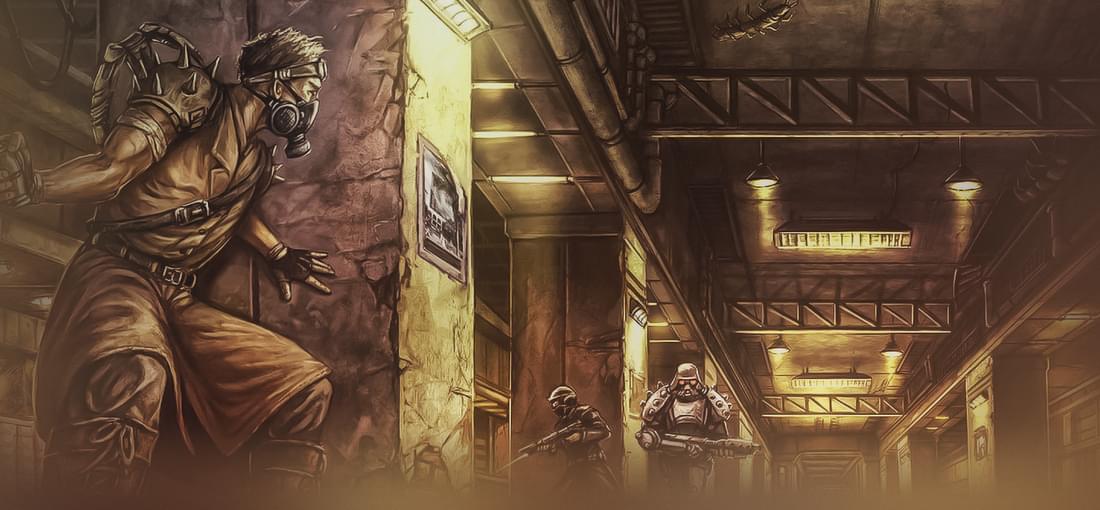


I'd give 4.5 out of 5, mainly for minor quest-clue-solution annoyances and occasional typos. The mechanics are solid and challenges fair, and the first area of the game is kind of a mix of non-tutorial tutorial and weeder course, because your options are tight, resources seem scarce, and it all seems designed to really teach the player by dropping them in the deep end. Expect to replay the first 3-8 hours of the game a few times to get a feel for the skill points and stats economy and come up with a viable build that you can also enjoy playing (slow tank, mobile shooter, backstabber, trapambusher, etc.). It's a very tactical combat-oriented game, where even stealth and speech serve as tactical options rather than ways to avoid combat completely. Don't fret though, if you have a build you enjoy that manages to get through the first 6 character levels without too much reloading (and reloading is expected in this game, as it was in the old late 90s classics), you should have the start of a viable build to last you through the end of the game--just spend future points reasonably with combat first in your mind. Now, it's not all about combat, it's also a well-fleshed out world full of lore and immersive NPCs, factional culture, stories of things going on despite your toon. The game mostly avoids drawing attention to the old CRPG trope of the One Hero, instead doing a good job positioning you more as an investigator "fixer" type, doing tough odd jobs, but always incidental to the slow buildup of this subterranean area's developing events. That is, until your toon is in the middle of it! Individual characters may have "merely okay" writing and personality, but factions are multifaceted and avoid boiling down to being simple "good" or "evil" cutouts. You pick your sides and get the job done, and your toon's character comes out of whatever plays out, nobody judges except the factions you piss off. And you. Can you live with your toon's self? Can you survive the Underrail?

I'm not a great platformer player, but I do okay, and possibly more important, I pay attention. That said, it took me about two 4-6 hour play sessions before I started getting into the flow of the game, so that by my fourth session, I was actually able to break through and completed an entire playthrough, and thoroughly enjoyed the thrill of it, and can see myself replaying this again thanks to the map and enemy shuffling. Even if I don't play it again, the 20 hours I put into this point was very rewarding because of that initial learning curve. The Swindle is a 2D platformer game, but it's emphasis is on stealth (as in avoid detection, explore the puzzle, and exploit it to your advantage, all the while identifying and managing high risk w/ potentially high reward), instead of precision (making pixel-perfect leaps, lunges, landings, etc.). The thing is, each playthrough presents itself as a bit of a precision platformer in the first 30-60 minutes, b/c there's also an upgrade system that must be paid w/ level rewards before your thieves have the tools to employ a variety of stealth-exploration-looting tactics. Without those stealth tools, you must rely on some precision platforming (and smart play) to get by while you scrounge for the cash for upgrades. On top of that, the controls are deliberately clumsy, relatively awkward/sluggish, particularly before those upgrades are earned. So a lot of the early levels feel frustrating and hard, especially during the "player training" phase of the game, where a player simply gets accustomed to the deliberately-hobbled controls, before even tackling the issue of progress. But when that training finally clicks, when you start to understand what upgrades work well for you and how to use them, and you find yourself thrilled/amazed the first time you break into a new area (with even trickier enemies and obstacles) and manage to get in, get out, probably by the skin of your teeth, *that's* when the game comes into its own.